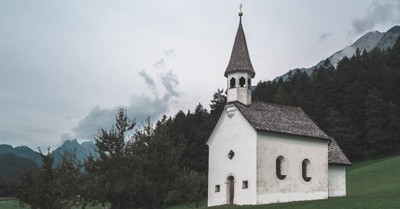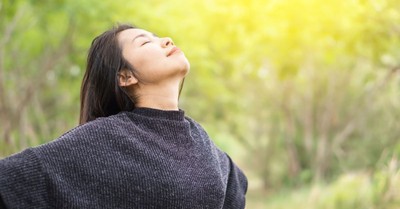Less Physical Activity in Adolescence Likely Rooted in Biology, Says Study
-
Jim Liebelt Jim Liebelt's Blog
- Published Nov 07, 2023
The following is excerpted from an online article posted by MedicalXpress.
The slowdown of physical activity during adolescence is not likely caused by lifestyle and environment but by energy demands placed on the body as it grows and sexually matures, according to a new study by researchers at the University of Colorado Anschutz Medical Campus.
The study, published in the Proceedings of the Royal Society B: Biological Sciences, examined the lifestyles of the physically active Tsimane people, an Indigenous population of forager-horticulturalists in lowland Bolivia, to see similarities and differences to adolescents living in post-industrialized nations.
"We wanted to look at the role of environment and the role of biology," said the study's lead author Ann E. Caldwell, Ph.D., assistant professor of medicine specializing in endocrinology and metabolism at the University of Colorado School of Medicine. "These changes are normally thought to be associated with psychosocial changes that happen in adolescence in technologically advanced societies, but we looked at this from an evolutionary standpoint."
Scientists know that physical activity declines with age and that males are more active than females. The steepest age-related declines in physical activity occur in adolescence and at earlier ages in girls in several post-industrialized countries. The lack of physical activity is one of the biggest predictors of chronic disease.
Recent studies found that 28% of adults worldwide are insufficiently active, while a staggering 80% of adolescents worldwide fall into this category. This is defined as less than 150 minutes a week of at least moderate intensity activity for adults and less than 420 minutes a week for children and adolescents.
"Adolescence is a life stage characterized by distinct endocrinological, anatomical and cognitive changes that likely require substantial energetic resources, though the energetic costs of these hormones and related physiological sequelae have not been fully quantified," Caldwell said.
Caldwell, who did field work in Bolivia for eight months, said the striking similarities between the Tsimane adolescent experience and those in post-industrial societies suggest a universal trade off in energy that happens during puberty and is likely inherent in all human lifespans.
Caldwell said early intervention could help stave off the pubertal reduction in physical activity consistently observed just before and during puberty. The interventions should also be sex specific, she said, earlier for girls since they mature at earlier ages.
Source: MedicalXpress
https://medicalxpress.com/news/2023-11-physical-adolescence-rooted-biology.html


















